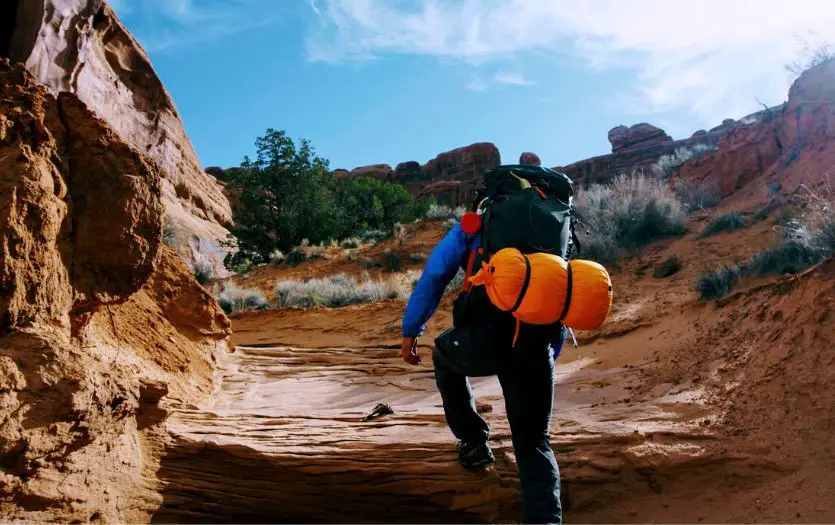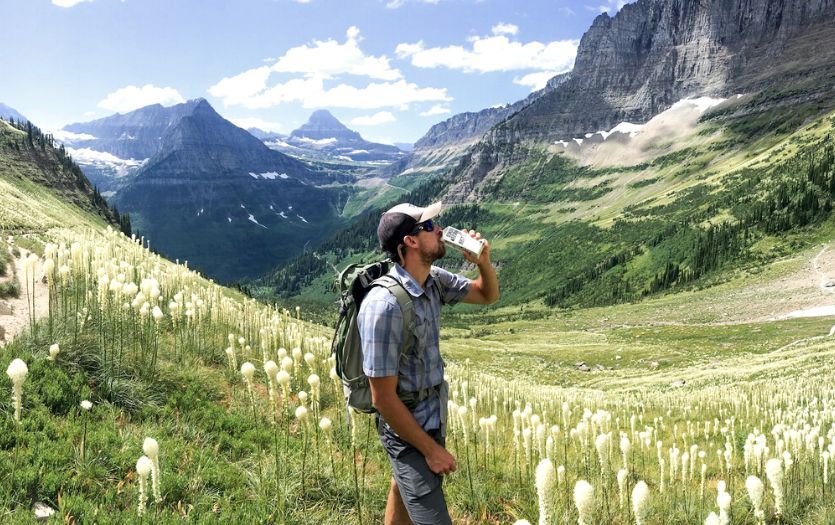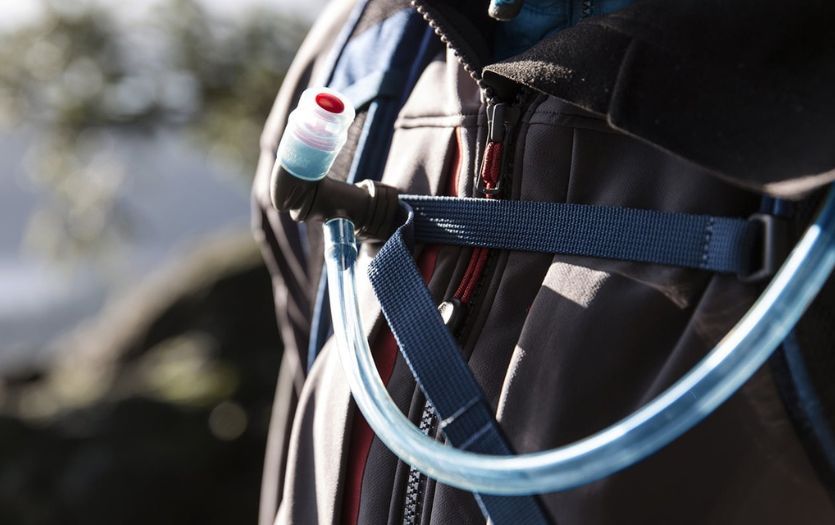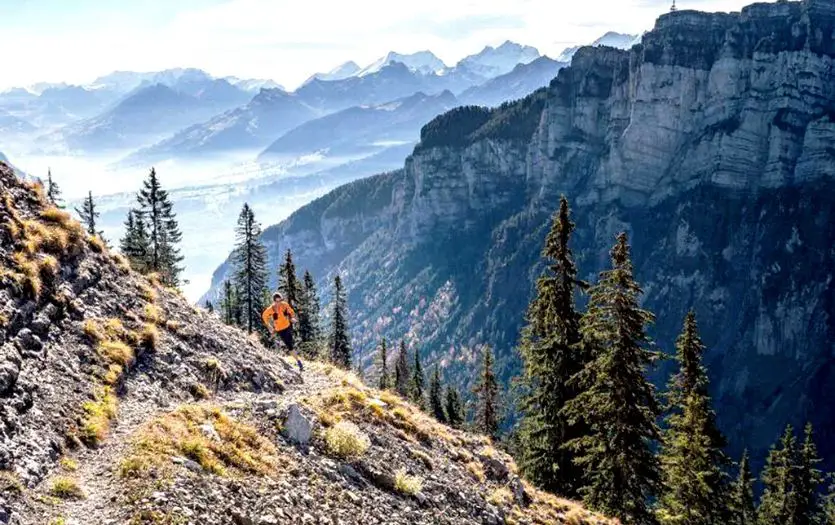Stay Hydrated on the Trail: A Comprehensive Guide to Backpacking Hydration
Learn how to stay hydrated on your next backpacking trip with this comprehensive guide. Discover the key factors to consider when determining water needs, the best hydration strategies, and how to calculate and pack water for your trip. Find the perfect water filtration solution with our tips.
Backpacking is an exciting and adventurous way to explore the great outdoors. However, one of the most important things to consider when planning a backpacking trip is how much water to carry. Not carrying enough water can lead to dehydration and heat exhaustion, while carrying too much can weigh you down and strain your body.
In this article, we will delve into the key factors to consider when determining how much water to carry, the strategies for staying hydrated on the trail, and how to calculate your water needs, as well as tips for packing and carrying water on your backpacking trip.
Whether you're a beginner or an experienced backpacker, this guide will provide you with all the information you need to stay hydrated and enjoy your backpacking experience to the fullest.
Factors Affecting Water Needs

When determining how much water to carry on your backpacking trip, there are several key factors to consider.
Temperature and humidity
The first and perhaps most important factor is the temperature and humidity of the environment you will be hiking in. The warmer and more humid the weather, the more water you will need to drink to stay hydrated. In hot and dry conditions, it is recommended to drink at least 1 liter (about 34 ounces) of water per hour of moderate activity.
Altitude
Altitude also plays a role in determining your water needs. s per research conducted by Wilderness Medical Society, as you gain elevation, the air becomes thinner and less humid, which can lead to increased water loss from your body through your respiration. Altitude can also increase urination frequency. If you'll be hiking at high altitudes, it's important to drink more water to compensate for this increased loss and avoid dehydration.
Physical activity level
Your physical activity level is another important factor to consider when determining how much water to carry. The more strenuous the activity, the more water you will need to drink to stay hydrated. For example, if you will be hiking uphill for most of the day, you will need to drink more water than if you were hiking on flat terrain.
Personal metabolism
Personal metabolism also plays a role in determining your water needs. Some people may require more water than others due to factors such as weight, age, and overall health. It's important to listen to your body and drink water when you feel thirsty.
Length of Trip
It's also worth mentioning that, you should also take into consideration the duration of your trip. The longer the trip, the more water you will need to carry. It's important to plan ahead and have enough water to last for the entire duration of your trip.
Calculating Your Water Needs

Calculating your water needs for a backpacking trip can seem like a daunting task, but with the right information and a bit of planning, it's easy to get it right.
How to estimate your daily water needs
The first step in calculating your water needs is to estimate your daily water needs. A general guideline is to drink at least 2 to 3 liters (about 68 to 102 ounces) of water per day. This can vary depending on the factors discussed above such as temperature, humidity, altitude, physical activity level, and personal metabolism. It's important to note that during hot and dry conditions, you may need to drink more than 3 liters of water per day.
How to calculate water needs for multi-day trips
When planning multi-day trips, you'll need to calculate your water needs for each day of the trip. It's important to have a plan for resupplying water along the way, whether that be by finding natural water sources or by carrying enough water for the entire trip.
How to adjust water needs based on the factors discussed
It's also important to adjust your water needs based on the specific conditions of your trip. For example, if you'll be hiking at a high altitude or in hot and dry conditions, you'll need to drink more water to avoid dehydration.
Also, be mindful of the hiking snacks that you're carrying and how frequently you are consuming them. Consuming too many dry snacks at short intervals can superficially increase your water requirements. It's also important to note that it's better to carry more water than you think you'll need, rather than not having enough. It's better to be safe than sorry, especially in remote areas where water sources may be scarce.
Hydration Strategies

When planning a backpacking trip, it's important to have a hydration strategy in place to ensure that you have enough water to stay hydrated. There are several options available to help you stay hydrated while on the trail.
Carrying a hydration system
One option is to carry a hydration system, such as a hydration pack or a hydration bladder. These systems allow you to carry water in a backpack or a special pouch and drink from a straw or a bite valve. They are a convenient way to stay hydrated while on the move and they free up your hands to hold trekking poles or other gear.
Water filtration and purification options
Another option is to use water filtration and purification systems. These systems remove bacteria, viruses, and other contaminants from water, making it safe to drink. There are a variety of options available such as water filters, purification tablets, and UV purifiers. These systems are a good option for hikers who will be traveling in remote areas where water sources may be scarce or unreliable.
Planning water resupply points
You can also plan water resupply points along the trail where you can refill your water bottles or hydration systems. This is a good option for hikers who will be traveling in areas where water sources are reliable and easily accessible.
Staying hydrated while on the trail
You need to be mindful of your water intake and drink water regularly, even when you're not thirsty. It's a good idea to drink water at regular intervals throughout the day rather than waiting until you feel thirsty, especially when you are backpacking at high altitudes.
Final Words
Staying hydrated is crucial for maintaining energy levels, avoiding fatigue, and maintaining overall health while on the trail. As you hike, your body loses water through sweat and respiration, which can lead to dehydration if not replaced.
With proper planning, you can ensure that your body has enough water to stay healthy and energized throughout your journey. By understanding the factors explained above, you’ll be well-prepared when it comes to staying hydrated during your next outdoor adventure!
And if you're in search of a water filtration system, we have great articles on the water filter straw and water containers that will give you more in-depth information on the best options available on the market, and help you make an informed decision. Tap the buttons below and check out our articles to find the perfect water filtration solution for your next outdoor trip!


